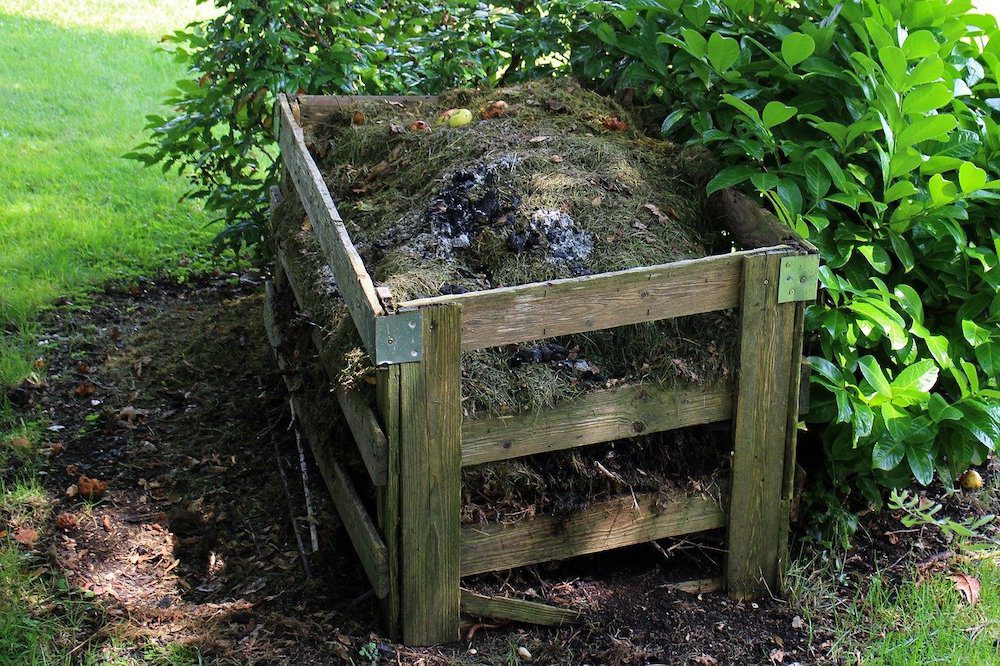Tips for Composting Your Garden Blooms at Home for National Composting Day

Need a great way to both nourish a hungry garden while also redirecting garden waste from landfills? Try composting. And what better time to start than May 29, National Learn About Composting Day.
What is composting exactly? It’s a natural way to recycle organic waste like the flowers from your garden, food scraps, dry leaves and twigs, and newspaper. Through a natural process, bacteria and funghi turn that organic matter into fertilizer for your garden. It’s been estimated that 30 percent of household waster can be redirected from garbage into compost. Why not use your dead flowers to help grow next year’s blooms?
Recommended: How Growing a Victory Garden Saved Me During the Pandemic
How does it help your soil? It improves the biological, chemical, and physical characteristics of the soil. It increases soil fertility, enhances water retention, and improves the soil’s ability to store nutrients and makes it more resistant to disease. It can also hold five times its weight in water, so it reduces stormwater runoff.
For tips on composting, we tapped the experts at the Bedford 2020 Coalition, a New York-based organization whose purpose is to lead, organize and promote a community-wide effort to reduce greenhouse gas emissions and conserve natural resources. It has been educating people on composting and community environmental programs in food and agriculture as well as waste and recycling since its creation in 2010.
If you’re ready to try it out, here are a few tips to get you started!

Tips to Start Composting:
1. First choose a composting approach: You can create free-form piles of about four feet or more. Or you can get a structured bin.
2. Add browns and greens: For composting you need carbon rich materials like small twigs, autumn leaves, shredded newspapers, nutshells, straw, and wood chips (otherwise known as “browns”) and nitrogen-rich things like plants and flowers, vegetable scraps, coffee grounds, fresh leaves and lawn clippings, egg shells, and fruit scraps. The trick is getting the ratio right for an efficient result. It should be 30:1 brown to green. Things that are not recommended for at-home composting are dairy, meats, fats and oils, compostable bags, paper cups and plates, weeds and large branches.
3. Keep it damp: Keep your compost pile damp, but don’t make it soggy. You can cover it with a tarp or cover it with a three-inch layer of brown material and add water to keep it moist.
4. Mix the materials regularly: Mix your compost regularly to let the air circulate and distribute the moisture. Soggy piles can create bad odors. If it starts to smell, just add some browns.
5. Let it sit: materials in the compost pile need to sit for about a year. Consider starting a fresh one while the first one develops.
6. When is it ready?: When is that magic day that compost becomes ready? When it looks like a rich, dark, nutrient-rich material rather than rotting vegetables. Hooray!
